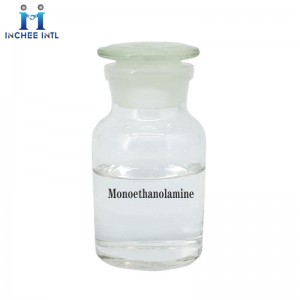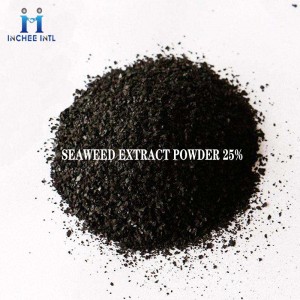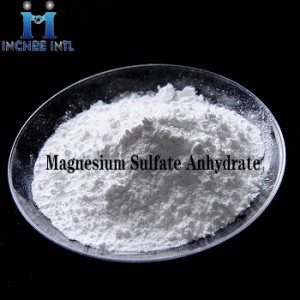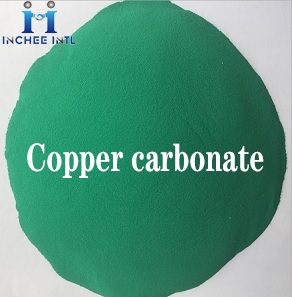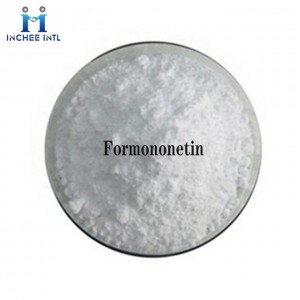Manufacturer Good Price Monoethanolamine CAS:141-43-5
Description
Physical properties:Monoethanolamine and triethanolamine are viscous, colorless, clear, hygroscopic liquids at room temperature; diethanolamine is a crystalline solid. All ethanolamines absorb water and carbon dioxide from the air and are infinitely miscible with water and alcohols. The freezing points of all ethanolamines can be lowered considerably by the addition of water.
Ethanolamines are used widely as intermediates in the production of surfactants, which have become commercially important as detergents, textile and leather chemicals, and emulsifiers. Their uses range from drilling and cutting oils to medicinal soaps and highquality toiletries.
Synonyms
Ethanolamine, ACS, 99+%;Ethanolamine, 99%, H2O 0.5% max;ETHANOLAMINE, REAGENTPLUS, >=99%;Ethanolamine 2-Aminoethanol;EthanoIamine;2-aminoethanol ethanolamine;ETHANOLAMINE pure;Ethanolamine, ACS, 98.0-100.5%.
Applications of Monoethanolamine
1.Ethanolamine is used as an absorption agent to remove carbon dioxide and hydrogen sulfide from natural gas and other gases, as a softening agent for hides, and as a dispersing agent for agricultural chemicals. Ethanolamine is also used in polishes, hair waving solutions, emulsifiers, and in the synthesis of surface-active agents (Beyer et al 1983; Mullins 1978; Windholz 1983). Ethanolamine is permitted in articles intended for use in the production, processing, or packaging of food (CFR 1981).
Ethanolamine undergoes reactions characteristic of primary amines and of alcohols. Two industrially important reactions of ethanolamine involve reaction with carbon dioxide or hydrogen sulfide to yield water soluble salts, and reaction with long chain fatty acids to form neutral ethanolamine soaps (Mullins 1978). Substituted ethanolamine compounds, such as soaps, are used extensively as emulsifiers, thickeners, wetting agents, and detergents in cosmetic formulations (including skin cleaners, creams, and lotions) (Beyer et al 1983).
2.Monoethanolamine is used as a dispersing agent for agricultural chemicals, in thesynthesis of surface-active agents, as a softening agent for hides, and in emulsifiers,polishes, and hair solutions.
3.As a chemical intermediate; corrosion inhibitor; in the production of cosmetics, detergents, paints, and polishes。
4.Used as buffer; removal of carbon dioxide and hydrogen sulfide from gas mixtures.



Specification of Monoethanolamine
|
Compound |
Specification |
|
Total Amin)e( calculated as Monoethanolamine |
≥99.5% |
|
Water |
≤0.5% |
|
Diethanolamine + triethanolamine content |
/ |
|
Hazen(Pt-Co) |
≤25 |
|
Distillation experiment(0℃,101325kp,168~1 74℃, Distillate volume,ml) |
≥95 |
|
Density(ρ20℃,g/cm3) |
1.014~1.019 |
Packing of Monoethanolamine


25kg/drum
Storage: Preserve in well-closed, light-resistant, and protect from moisture.

FAQ









